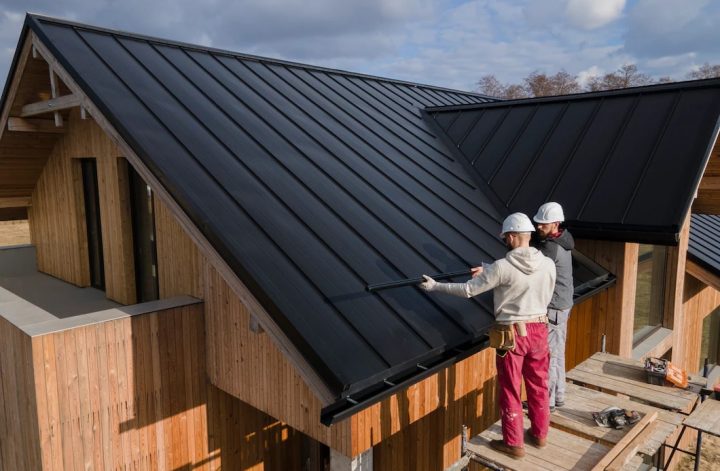Raccoons are resourceful and adaptable animals known for their ability to find shelter in urban and suburban environments. While they may seem cute, having raccoons on your roof can lead to various problems, including damage to your property and potential health risks. Dealing with roof raccoons requires a humane and effective approach that ensures your safety and the well-being of these wildlife creatures.
Here’s how to handle roof raccoons through humane removal and prevention strategies.
1. Identify the Presence of Raccoons
Before taking any action, confirm the presence of raccoons on your roof. Signs may include loud noises at night, visible droppings, damaged roof shingles, or visual sightings. Identifying their presence is essential for determining the extent of the problem.
2. Contact a Wildlife Professional
For humane raccoon removal, it’s best to contact a licensed wildlife professional or animal control agency. These experts have the knowledge and equipment to safely capture and relocate raccoons without causing harm to the animals.
3. Avoid DIY Removal
Attempting to remove raccoons on your own can be dangerous and ineffective. Raccoons can be carriers of diseases, and their removal requires caution to prevent injury or disease transmission. Leave the job to the professionals.
4. Prevent Future Entry
After raccoon removal, focus on preventing future access to your roof. Seal any entry points or gaps that raccoons may have used to gain access. This includes securing attic vents, chimney caps, and other potential openings.
5. Use Raccoon-Resistant Containers
Secure your trash and food waste in raccoon-resistant containers. Raccoons are attracted to food sources, so eliminating easy access to these items can discourage their presence on your property.
6. Trim Trees and Remove Overhanging Branches
Raccoons are skilled climbers and can gain access to roofs by using overhanging tree branches. Trim trees and branches that provide easy access to your roof to limit their entry points.
7. Install Motion-Activated Lights and Sound Devices
Motion-activated lights and sound devices can startle and deter raccoons from approaching your property. These devices can effectively discourage raccoons from frequenting your roof and yard.
8. Clean Up Outdoor Areas
Keep your outdoor spaces clean and free of food debris. Raccoons are attracted to food odors, so regularly clean outdoor eating areas, barbecues, and pet food dishes.
9. Use Natural Deterrents
Consider using natural deterrents such as ammonia-soaked rags or predator urine around potential entry points. These scents can deter raccoons from approaching your home.
10. Stay Informed and Respect Local Laws
Be aware of local laws and regulations regarding raccoon removal and wildlife control. Some areas may have specific rules to protect raccoons and other wildlife species.
Dealing with roof raccoons requires a humane and responsible approach that prioritizes the safety and well-being of both humans and wildlife. By following these removal and prevention tips, you can address raccoon issues while promoting coexistence and minimizing potential harm. Remember to seek professional assistance to ensure a safe and effective resolution.



